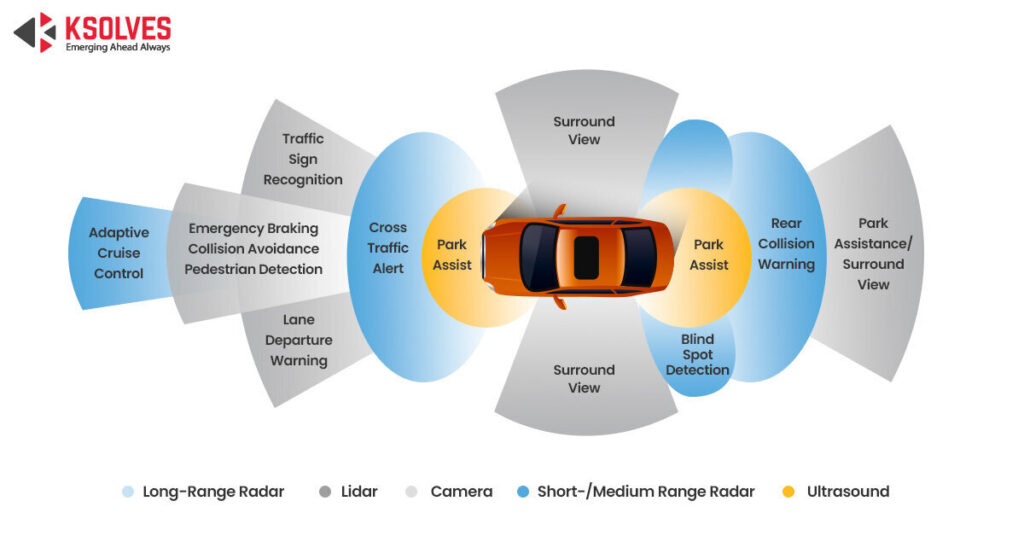AI-driven driver assistance systems are revolutionizing the automotive industry by enhancing safety and improving the driving experience through advanced technologies. These systems, known as Advanced Driver Assistance Systems (ADAS), utilize artificial intelligence (AI) and smart sensors to assist drivers with critical features such as lane-keeping, adaptive cruise control, and collision warnings.
Key Features of AI-Driven Driver Assistance
-
Lane-Keeping Assist: AI algorithms analyze data from cameras and sensors to detect lane markings on the road. When the vehicle begins to drift out of its lane without signaling, the system can provide visual or tactile alerts to the driver and, in some cases, automatically steer the vehicle back into the lane[1][2].
-
Adaptive Cruise Control: This feature uses radar and cameras to monitor the speed and distance of vehicles ahead. AI systems adjust the car’s speed to maintain a safe following distance, automatically accelerating or decelerating as necessary. This helps reduce driver fatigue during long journeys and enhances safety in varying traffic conditions[2][4].
-
Collision Warnings: AI-driven systems can detect potential collisions by analyzing the vehicle’s surroundings in real time. If a risk is identified, the system can alert the driver with audio and visual warnings. In more advanced systems, automatic emergency braking can be activated to mitigate or avoid an accident altogether[2][5].
Technologies Behind AI-Driven Assistance
-
Smart Sensors: These include cameras, radar, and LiDAR, which collect data about the vehicle’s environment. AI algorithms process this data to detect objects, recognize traffic signs, and understand road conditions, enabling the vehicle to make informed decisions[1][2].
-
Machine Learning: AI systems employ machine learning techniques to improve their performance over time. By analyzing historical driving data and learning from driver behavior, these systems can provide personalized recommendations and adapt to individual driving styles[1][4].
-
Natural Language Processing (NLP): Many modern vehicles incorporate voice recognition technologies that allow drivers to interact with their cars using natural language commands. This reduces distractions and enables hands-free operation of navigation, entertainment, and communication systems[2][5].
Enhancing the Driving Experience
The integration of AI into driver assistance systems not only enhances safety but also personalizes the driving experience. For instance, systems can remember driver preferences for seat positioning, climate control, and navigation routes, creating a more comfortable environment[2][4]. Additionally, augmented reality (AR) technologies can project important information onto the windshield, helping drivers make quick decisions without taking their eyes off the road[1].
As AI technology continues to evolve, the capabilities of driver assistance systems will expand, paving the way for more autonomous driving features. These advancements promise to make driving safer and more enjoyable, allowing drivers to focus on the journey rather than the complexities of the road.
Further Reading
1. Using AI and AR to Enhance Personalized Driving Assistance – Wipro
2. https://www.technology-innovators.com/artificial-intelligence-in-automotive-enhancing-driver-assistance-and-personalization/
3. https://typesauto.com/blogs/newsroom/revolutionizing-road-safety-advanced-driver-assistance-with-ai-powered-dash-cams
4. The power of advanced AI-assisted driving systems | AI Magazine
5. AI In Cars: 19 Types of Automotive AI | Built In


